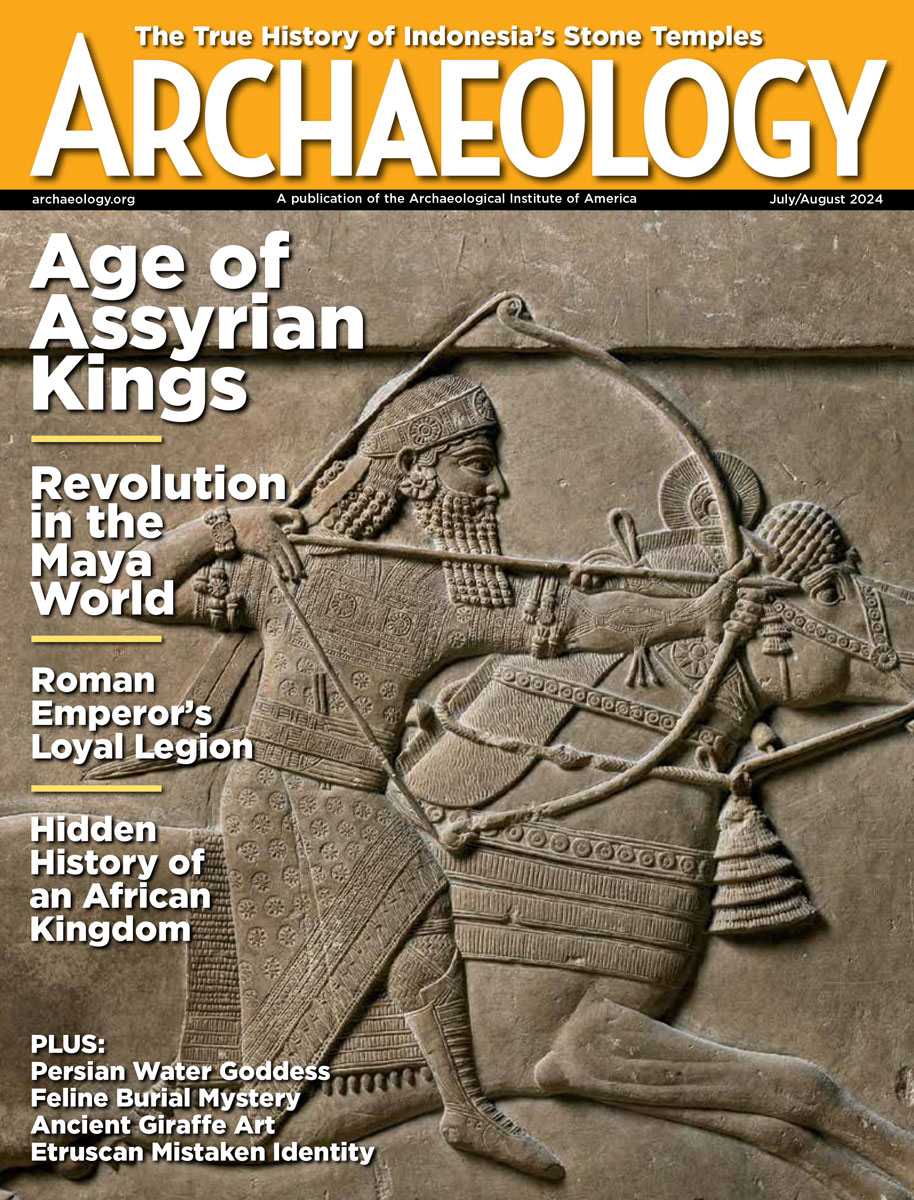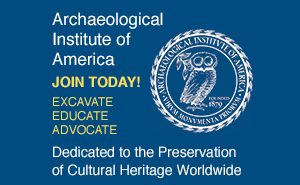Thursday, January 24
January 24, 2008
We’re all aware that looting is a crime, but here’s a new twist seen in U.S. National Parks. “Collectors will dial 911 to draw park resources away and give themselves time to get into areas to quickly pick up their work,” says Mark Gorman, chief ranger at Badlands National Park. Now that’s just low.
The body of a woman who’d been mummified by antiquities smugglers, and then claimed by both Pakistan and Iran, has been kept in a mortuary by the Edhi Trust for the past seven years. Because the body was discovered during a murder investigation in Pakistan, the Edhi Trust must have police permission to bury it. “We have been writing to the authorities in Sindh and Balochistan, but there has been no reply,” said Anwar Kazmi, a trust spokesman.
Pottery uncovered at an altar to Zeus near the top of Mt. Lykaion in southern Greece suggests that worshippers gathered at the site as early as 3000 B.C. “We don’t yet know how the altar was first used,” said David Gilman Romano of the University of Pennsylvania Museum of Archaeology and Anthropology.
Three years ago, 128 sets of human remains were discovered in the path of a new subway line in Los Angeles. Some of the bones represent so-called Chinese sojourners, men who immigrated to California in the late nineteenth century. Many Chinese Americans living in the area today want the bones to be studied and samples taken for future DNA analysis. But a citizens’ committee advising the MTA wants the bones reburied in a local cemetery.
“Xuchang Man,” the name given to the 100,000-year-old skull uncovered in Henan, China, could “shed light on a critical period of human evolution,” according to Shan Jixiang, director of China’s cultural heritage administration.
Another cross-shaped cemetery has been unearthed in northeastern Syria.
In Sri Lanka, vandals have destroyed archaeological monuments in the sacred cities of Anuradhapura and Asokaramaya.
A 1,000-year-old, three-ton, inscribed stone will return to Indonesia from Scotland, where it has been kept by the family of Lord Minto since the early nineteenth century. “The Minto Stone is an important historical artifact and a crucial source of information,” said Indonesia’s Culture and Tourism Ministry director general of history and archaeology Hari Untoro Drajat.
- Comments Off on Thursday, January 24









